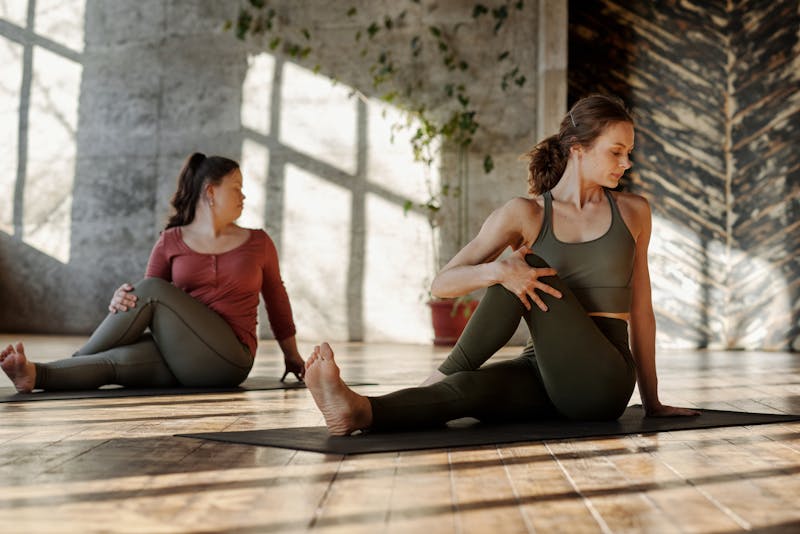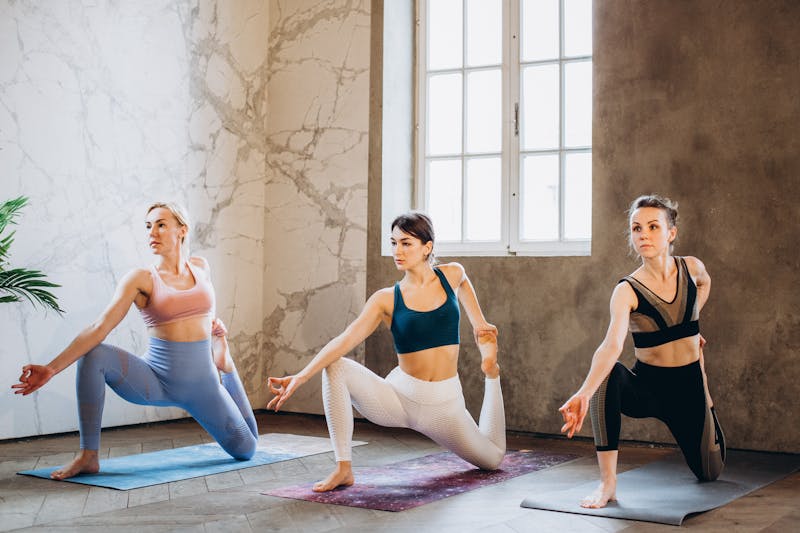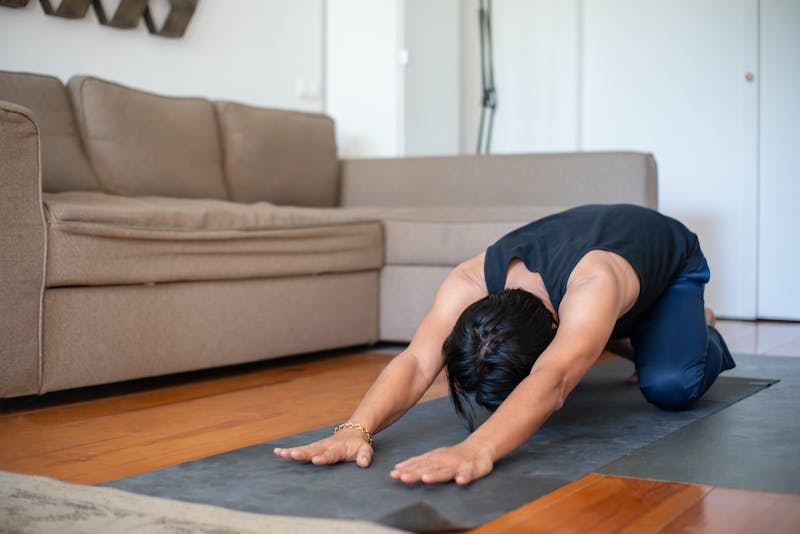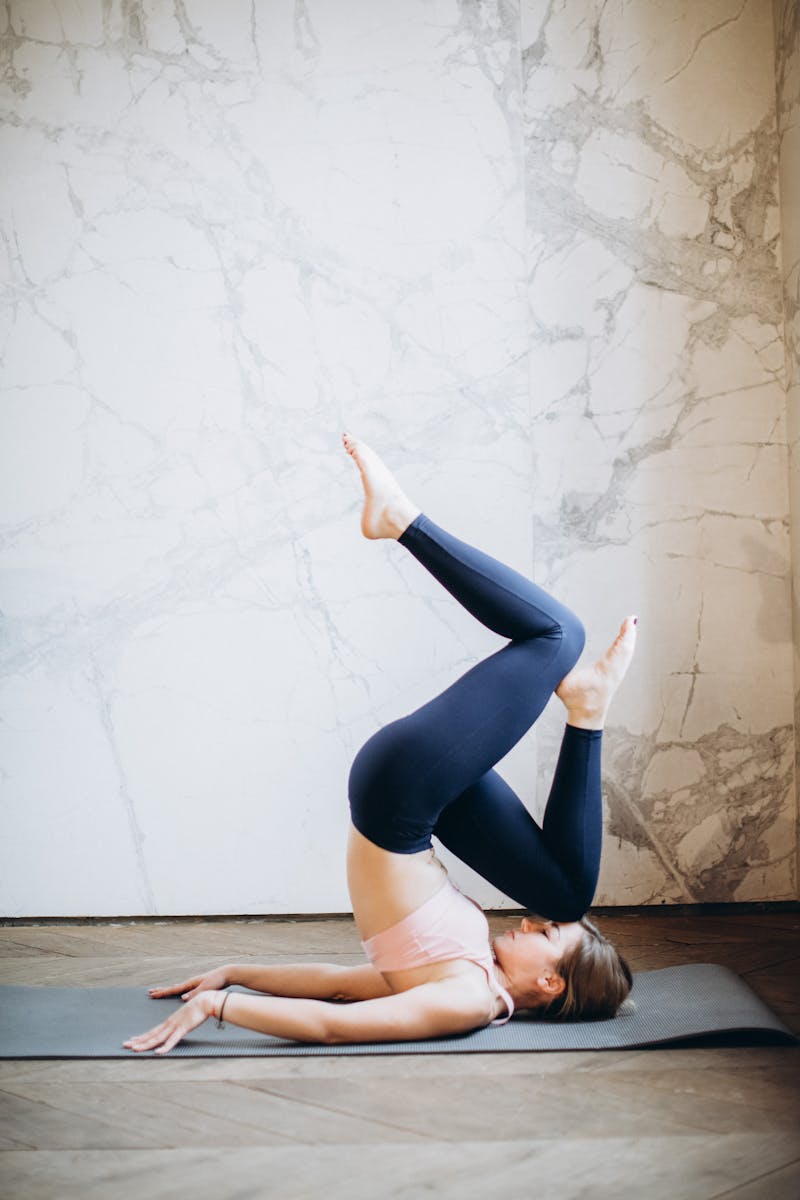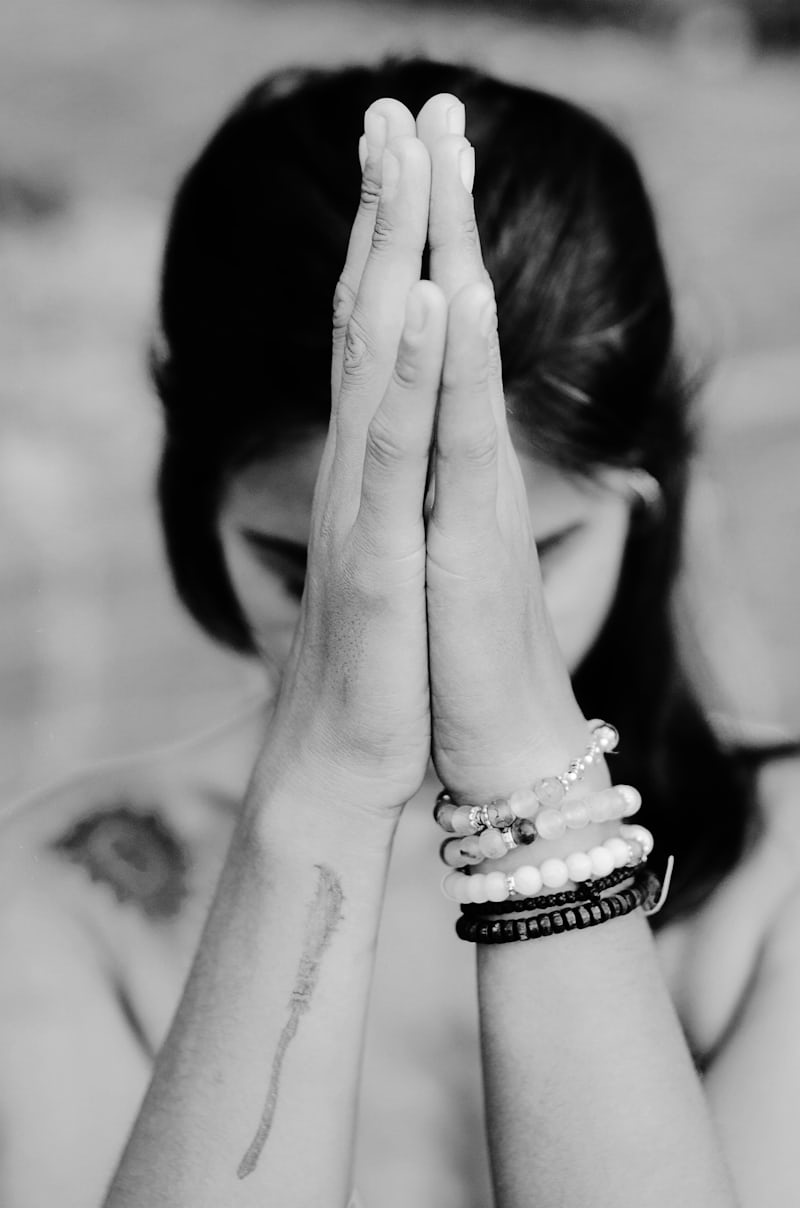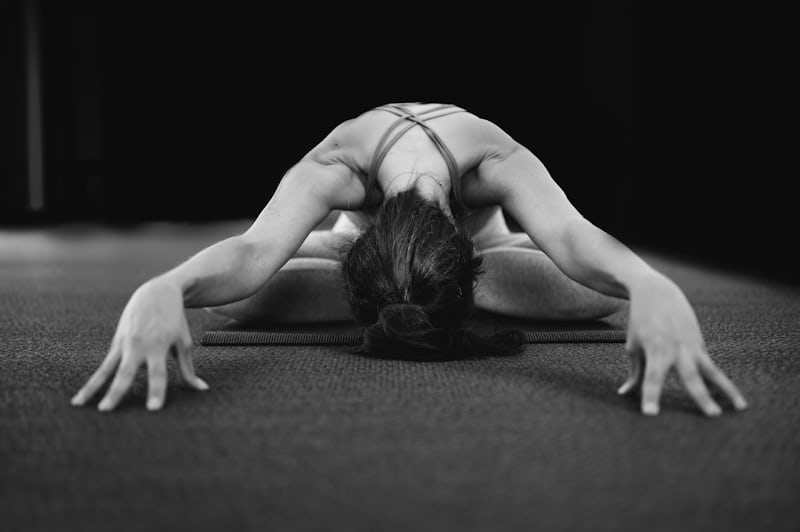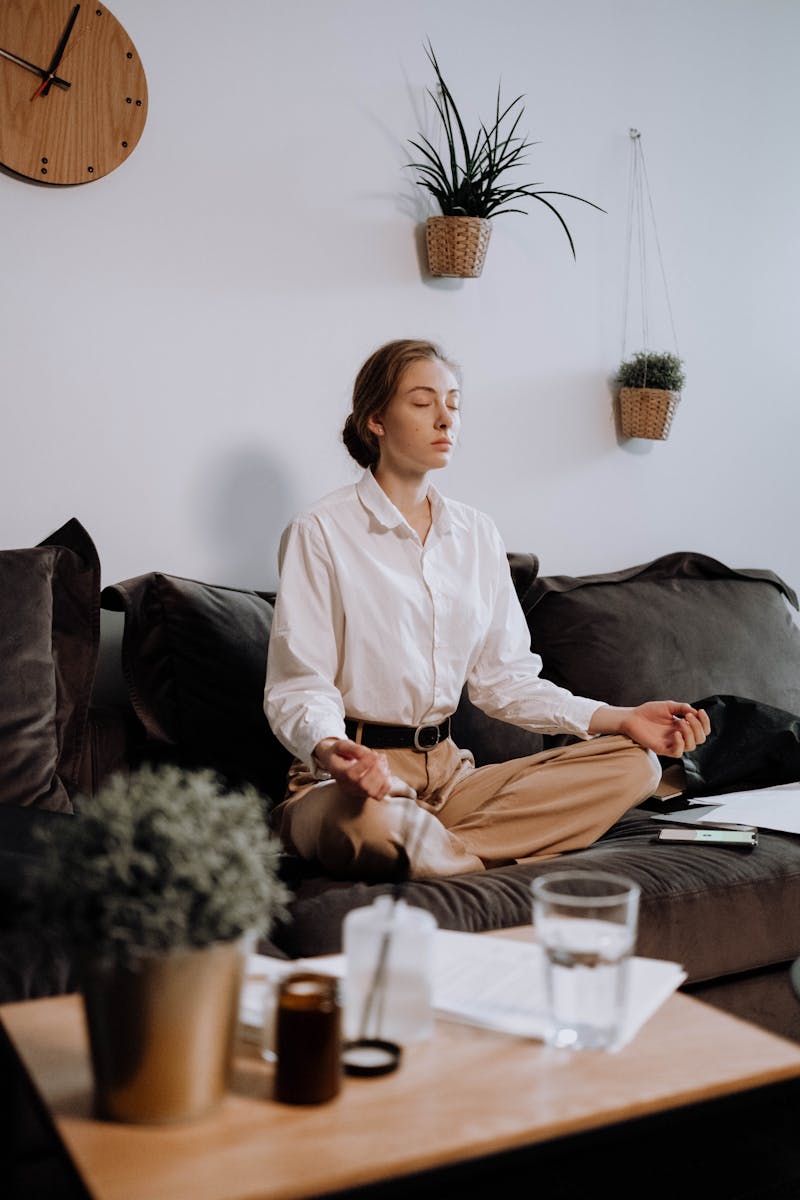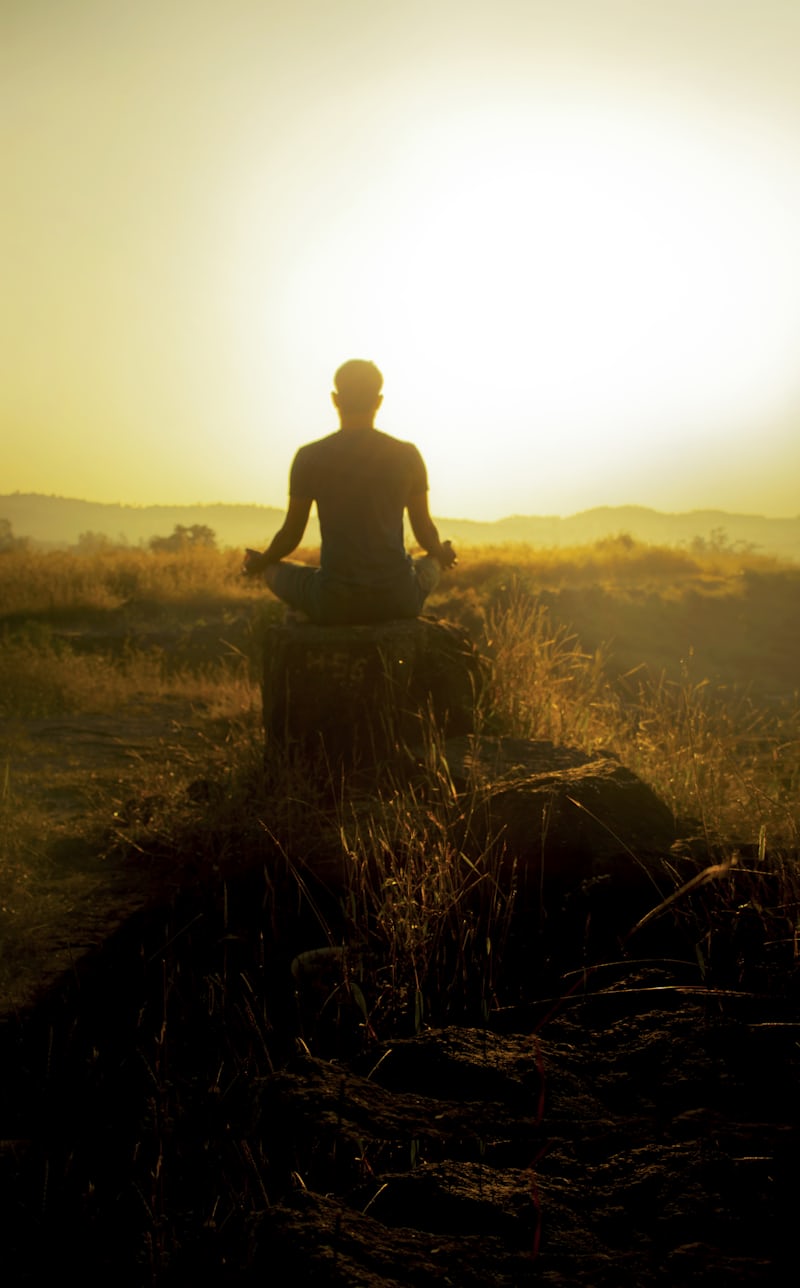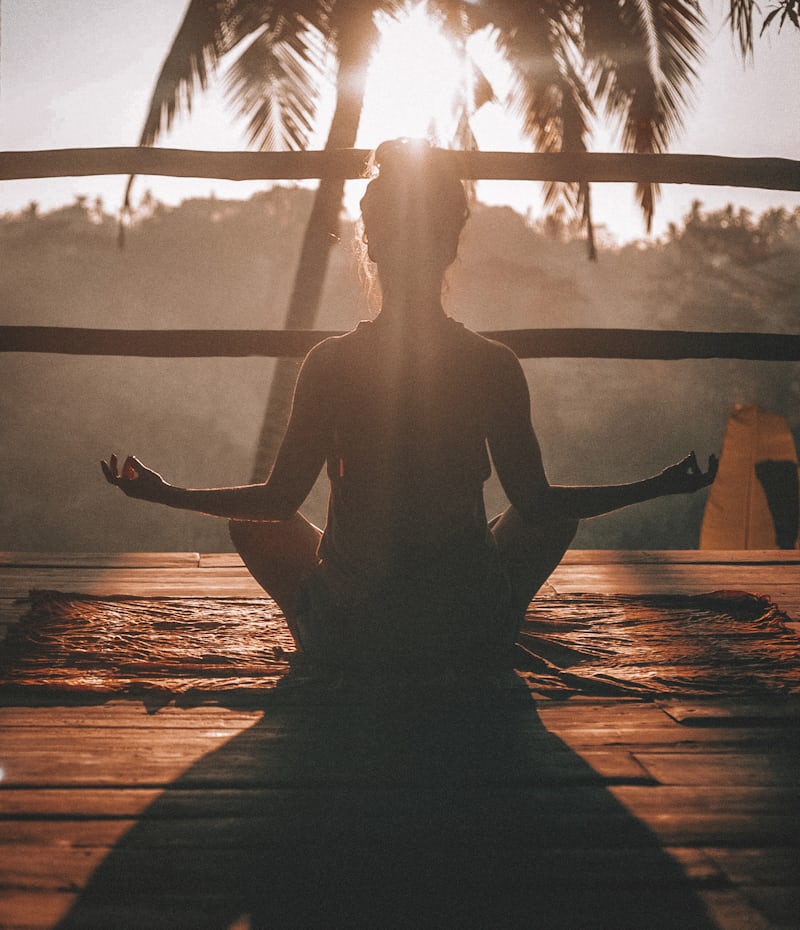
The practice of Japa meditation is an ancient form of meditation that has been used for centuries to help people achieve inner peace and harmony. The word “Japa” comes from the Sanskrit word meaning “mantra repetition.” This type of meditation involves the use of a mantra, or sacred sound, which is repeated over and over again. The repetition of the mantra helps to focus the mind and brings about a state of deep relaxation.
Many people find that using crystals and stones can help to enhance the effects of meditation. There are many different types of crystals and gemstones that can be used for Japa meditation. Some of the most popular stones include amethyst, quartz, and black tourmaline.
When choosing a stone for your Japa meditation, it is important to select one that resonates with the energy of the mantra you are using. For example, if you are using the mantra “Om Mani Padme Hum,” you would want to choose a stone that has the energy of compassion. If you are using the mantra “Om Shanti,” you would want to select a stone that has the energy of peace.
Each type of crystal has intentions they are attuned with. Ask The Mala Tree for advice on these properties. When done right, the crystal’s energy property will synchronize with the mantra, making it more effective in turn.
When you are choosing a crystal or gemstone for your Japa meditation, it is important to listen to your intuition. Go with the stone that calls out to you. The one that you are drawn to is the one that will be most effective for you.
If you are new to meditation, it is important to start with a stone that is easy to work with. Quartz crystal is a good choice for beginners. It is a very powerful stone and can be used to help you focus your mind and achieve inner peace.
As you become more experienced with meditation, you can experiment with different types of crystals and gemstones. Each stone has its own unique energy and properties. You may find that some stones work better for you than others.
Once you have selected the right stone, it is important to cleanse it before using it. It is also important to charge the stone with your intention.
After you have cleansed and charged your stone, you are ready to begin your Japa meditation. To do this, find a comfortable place to sit or lie down. Close your eyes and take several deep breaths. Then, begin to repeat your mantra. Focus on the sound of the mantra and let it fill your mind.
As you continue to repeat your mantra, you may find that your mind begins to wander. When this happens, simply bring your focus back to the mantra. Continue to repeat the mantra until you feel a sense of peace and calm come over you.
Japa meditation is a great way to achieve inner peace and harmony. The use of crystals and gemstones can help to enhance the effects of meditation. If you are looking for a way to relax and find inner peace, Japa meditation may be the perfect solution for you.
The key to successful Japa meditation is to relax and let the mantra do the work. The repetition of the mantra will help to focus your mind and bring about a state of deep relaxation. Do not try to force the mantra. Simply allow it to flow through you and let it work its magic.


